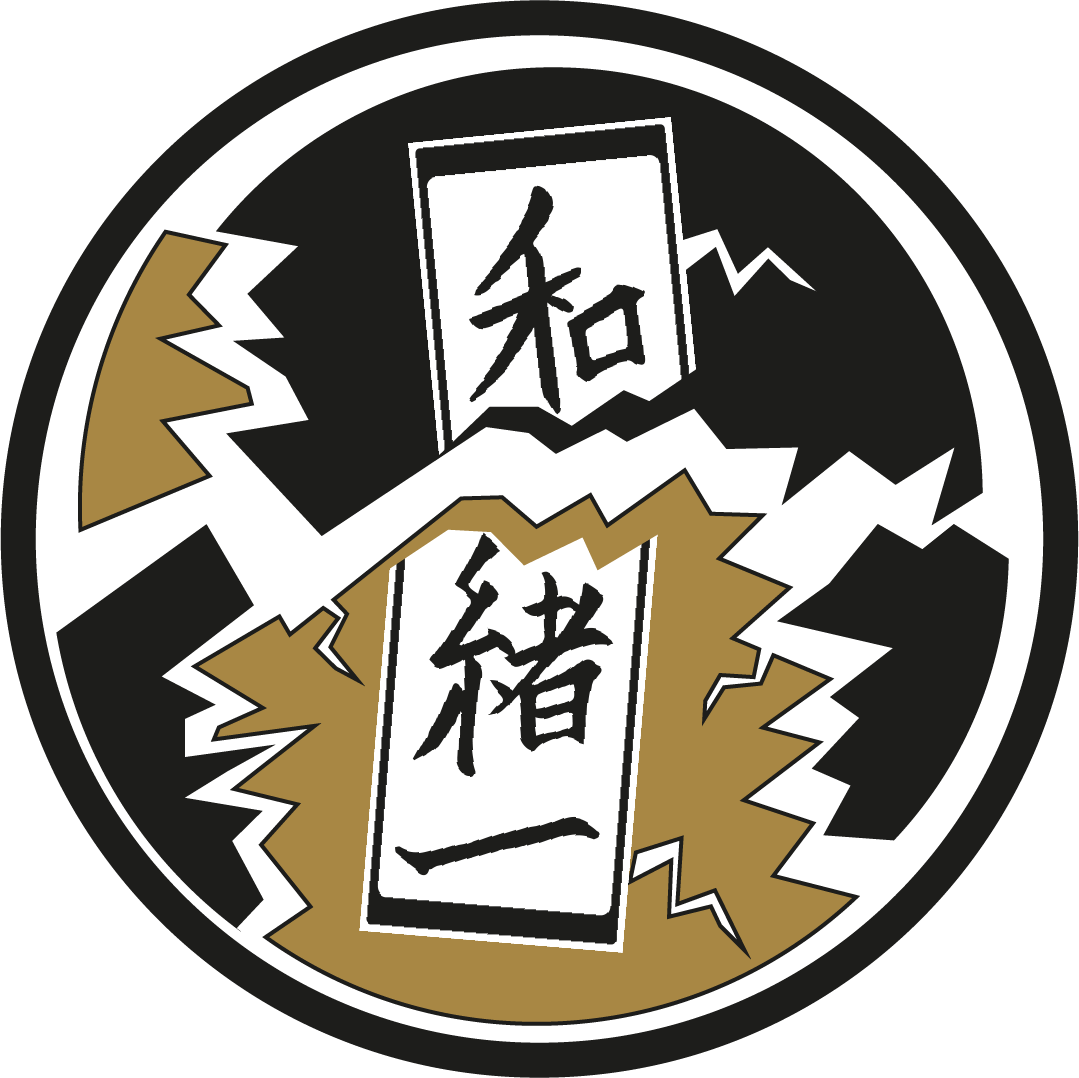Anger Management on a Verbal Level: Creating an Outlet for Your Anger in Japanese
Not being able to curse or to express your anger in words when speaking in another language can really suck. Not having an outlet for your inner angry self gives you the feeling that you can’t genuinely tell others about your frustration. So here are three ways of vocalizing your anger if you feel the need to so.
ほんとムカつく honto mukatsuku is a way to express frustration as it means‘I am really angry / pissed off’. Mukatsuku can also be used to describe nausea, similar to how sick is used in English. You can either feel (sea-)sick or call someone else sick. Moreover, calling something sick can also mean that you think it is really cool.
冗談でしょ jōdan desho, which translates as ‘are you kidding me?!’, represents another outlet for your anger. Jōdan (冗談) means ‘joke’ and if we look at these two kanji separately they translate to 冗 jō ‘uselessness’ and 談 dan ‘talk’. So, jokes are a useless kind of talk – nonsense, so to speak. Putting desho after jōdan adds the crucial ‘?!’, which expresses the feeling when you can’t believe what has just happened to you. If nothing seems to improve your situation, there is always the option to make use of the harsh だまれ damare ‘shut up’, which is the imperative of the verb 黙る damaru ‘to be silent’.
It goes without saying that none of the above-mentioned expressions are appropriate to use when talking to your boss 😉
Written by Jannick Scherrer

